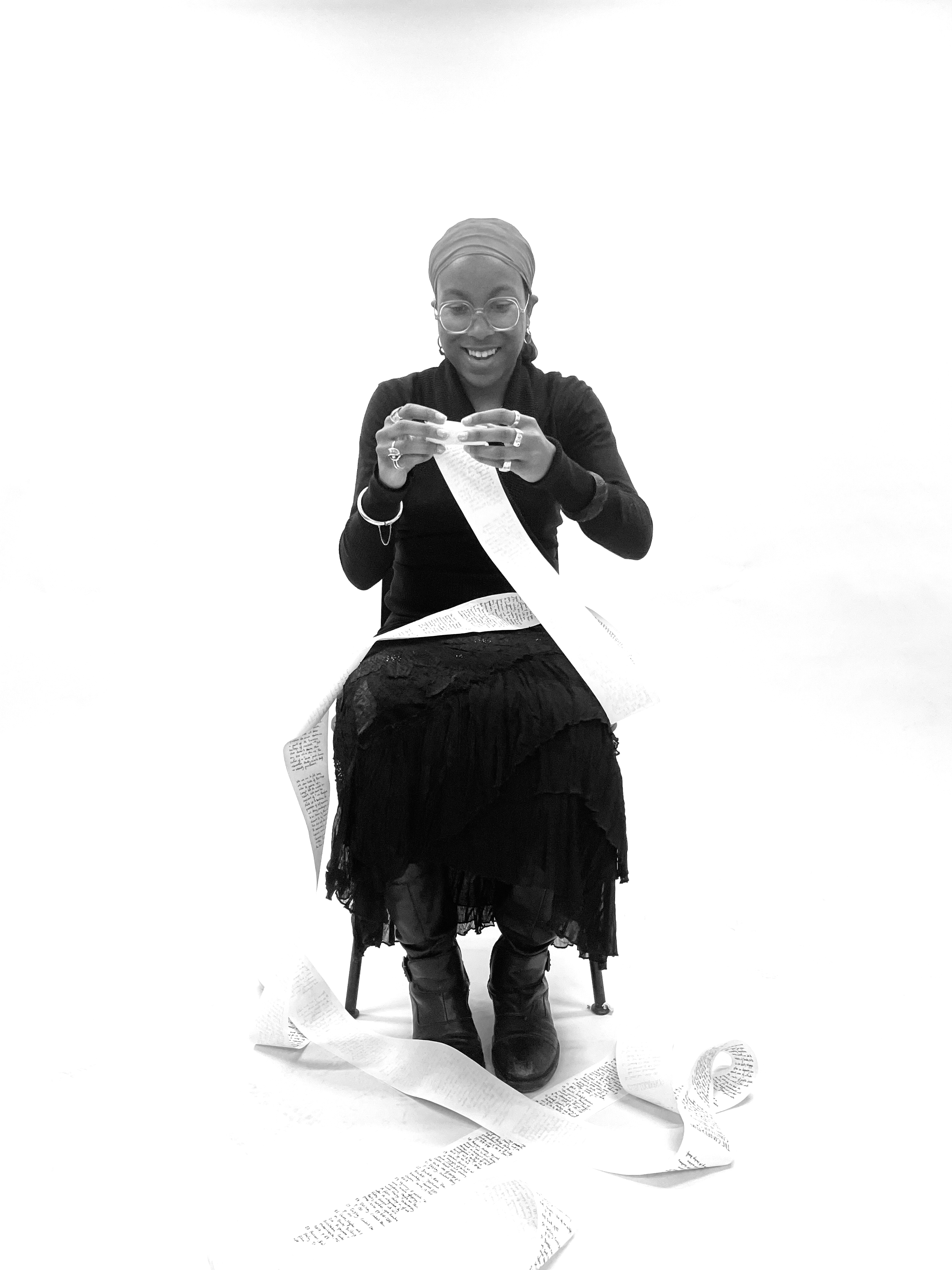|
| A Case for Doing [Almost] Nothing: Growth, Decay and Heritage In the Post-Human Convergence |
| How have we found ourselves in this ‘commemorative fever’, where almost everything is saved and thus deemed vitally important? A piece that attempts to understand why it is that we must protect [almost] everything, and the growing need to begin doing [almost] nothing. |
| This is the second publication of this piece. The first no longer exists. Hand written onto one single sheet of receipt paper and left next to a chair in the studio for a day, passersby were encouraged to pick up the initial publication and read it. Creases, accidental rips, and the occasional food stains; with each reading, the piece was pulled further into a state of decay. Until, towards the end, only fragments remained. The reader thereby became an audience member to the previous readings that took place that day, as well as a performer for the readings to follow. - The remains of a late 19th century mansion named Castle House lie in the chalky soil of Shooter’s Hill in Southeast London. Belonging to the inventor of the oil insulator for telegraph lines, Samuel Edmund Phillips lived in the house for 27 years before his death in 1893. A century later, now only a few bricks high, the walls act as fences between one garden and another. Ivy engulfs, tree’s roots probe. The lack of beer cans and cigarette butts suggest this place really is hidden to most. Amongst the broken flint tiles and chipped Victorian bricks, a sense of urgency appeared. An urge to step in at the last minute. To save this site (with which I had just become acquainted) from material disintegration; from being completely forgotten. This piece attempts to contextualise this ‘urgency’ to protect, within the larger crisis facing the field of heritage. It then provides three theoretical propositions of how to handle Castle House. The first, a traditional heritage practice involving categorical fixing, frameworks and fencing. The second, a post human heritage practice, constituting of doing nothing, an act that remains hidden to the public. The third, a case for doing almost nothing, a proposal to let everyone know that nothing will be done, with the ability to witness it. By drawing back the curtain, or rather brambles, this piece attempts to reframe western heritage, from a stiflingly self-consumed and paralysing practice, to one that enables us to talk beyond the human. A radical act so desperately needed as we stand in the shadow of an ecological unravelling. |





|